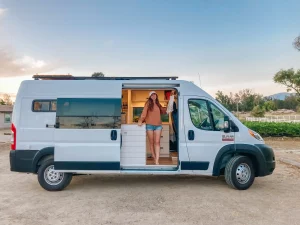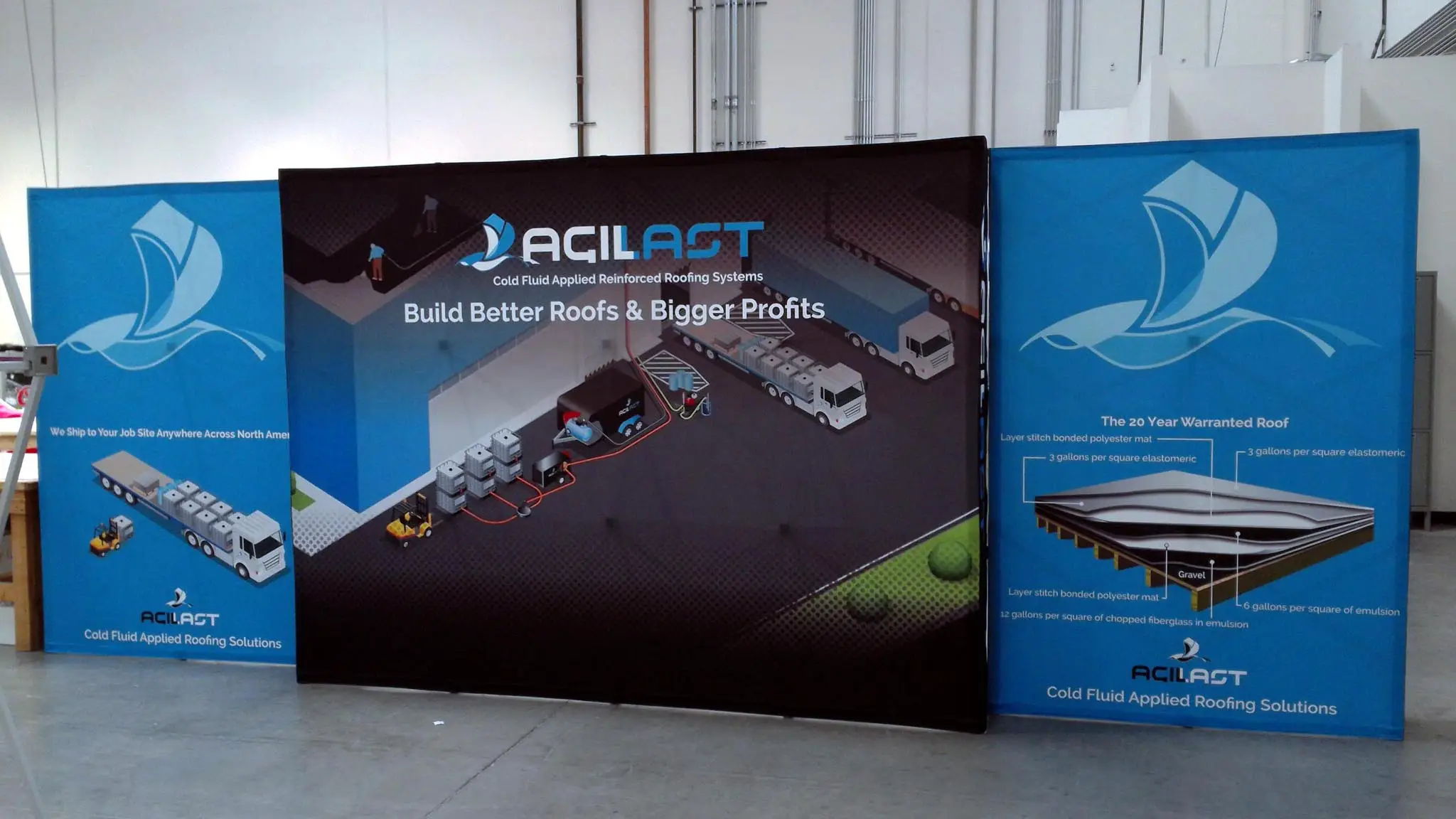In the face of urban expansion, businesses grapple with navigating congested city streets to reach customers efficiently. Conventional delivery route planning often leads to wasted time, fuel, and resources. However, strategic mapping of van-friendly routes offers a solution to these challenges, unlocking avenues for growth. By optimizing routes, companies can enhance operational efficiency and access untapped markets, gaining a competitive edge. What are the advantages of mapping van-friendly routes, and how can businesses leverage them to drive expansion effectively?
Key Takeaways
- Mapping van-friendly routes unlocks new markets and revenue streams by connecting to previously inaccessible areas.
- Optimized routing streamlines logistics operations, reducing transportation costs and fuel consumption.
- Van-friendly routes enhance customer satisfaction, leading to increased loyalty and retention.
- Efficient routing mitigates urban delivery challenges, such as traffic congestion and parking restrictions.
- By exploring van-friendly routes, businesses can gain a competitive edge in the market and diversify revenue streams.
Challenges of Urban Delivery Routes
In densely populated urban areas, finding delivery routes can be a logistical nightmare, with approximately 30% of miles driven spent stuck in traffic, resulting in wasted fuel, time, and resources. Exploring van-friendly routes is essential to optimize delivery operations, as narrow streets, pedestrian zones, and parking restrictions further complicate the process, making efficient routing a top priority.
Benefits of Van-Friendly Route Planning
Optimizing van-friendly routes through route planning can greatly mitigate the challenges associated with urban delivery routes, leading to improved delivery times, reduced fuel consumption, and enhanced customer satisfaction. By exploring van-friendly routes, businesses can optimize their logistics, reducing the need for excessive vehicle maneuvering and minimizing congestion in urban areas, ultimately resulting in cost savings and increased operational efficiency.
Enhancing Customer Experience Through Accessibility
By mapping van-friendly routes, businesses can make certain that their delivery vehicles are able to access customer locations efficiently, thereby enhancing the overall customer experience. This guarantees timely deliveries, reduces congestion, and increases customer satisfaction. Exploring van-friendly routes also helps businesses identify and cater to customers with mobility issues, promoting inclusivity and loyalty.
Optimizing Logistics and Reducing Costs
Their logistics operations can be streamlined especially when businesses map van-friendly routes, allowing for more efficient use of resources and a substantial reduction in transportation costs. By exploring van-friendly routes, companies can optimize their logistics, reducing fuel consumption, and minimizing route deviations. This results in cost savings, improved delivery times and enhanced operational efficiency.
Unlocking New Markets and Revenue Streams
Businesses can break into new geographic markets and tap into fresh revenue streams by exploring van-friendly routes that connect them to previously inaccessible areas, thereby expanding their customer base and increasing sales potential. By mapping these routes, companies can uncover hidden opportunities, diversify their revenue streams, and gain a competitive edge in the market.

Frequently Asked Questions
Can Mapping Van-Friendly Routes Improve Delivery Times During Peak Hours?
Optimizing van-friendly routes can greatly reduce delivery times during peak hours by leveraging real-time traffic data, minimizing congestion, and streamlining navigation, ultimately resulting in improved customer satisfaction and increased operational efficiency.
How Does Exploring Van-Friendly Routes Impact Driver Job Satisfaction?
Exploring van-friendly routes greatly boosts driver job satisfaction by reducing traffic congestion, minimizing time spent on navigation, and increasing delivery efficiency, ultimately leading to a more comfortable and stress-free working environment.
Are There Any Specific Software Tools for Mapping Van-Friendly Routes?
When seeking to optimize route planning, specific software tools such as RouteXL, Workwave Route Manager, and Google Maps Platform can be leveraged to map van-friendly routes, streamlining logistics and enhancing operational efficiency.
Do Van-Friendly Routes Affect the Environmental Impact of Delivery Operations?
Optimizing van-friendly routes can substantially reduce environmental impact by minimizing fuel consumption, lowering emissions, and decreasing traffic congestion, ultimately contributing to a more sustainable and eco-friendly delivery operation that appeals to environmentally conscious customers.
Can Mapping Van-Friendly Routes Help With Compliance to Traffic Regulations?
By optimizing routes to accommodate van dimensions and capabilities, businesses can reduce the likelihood of traffic violations, ensuring compliance with regulations and minimizing the risk of fines, penalties, and reputational damage.
Conclusion
Optimizing van-friendly routes is essential for business expansion in urban areas. By mitigating the challenges of urban delivery routes, companies can reap numerous benefits. Van-friendly route planning enhances customer experience through increased accessibility, optimizes logistics, and reduces costs. Additionally, it opens up new markets and revenue streams, providing a competitive edge. By adopting this approach, businesses can improve operational efficiency, diversify revenue streams, and ultimately, drive growth and expansion.
You May Also Like To Read:





